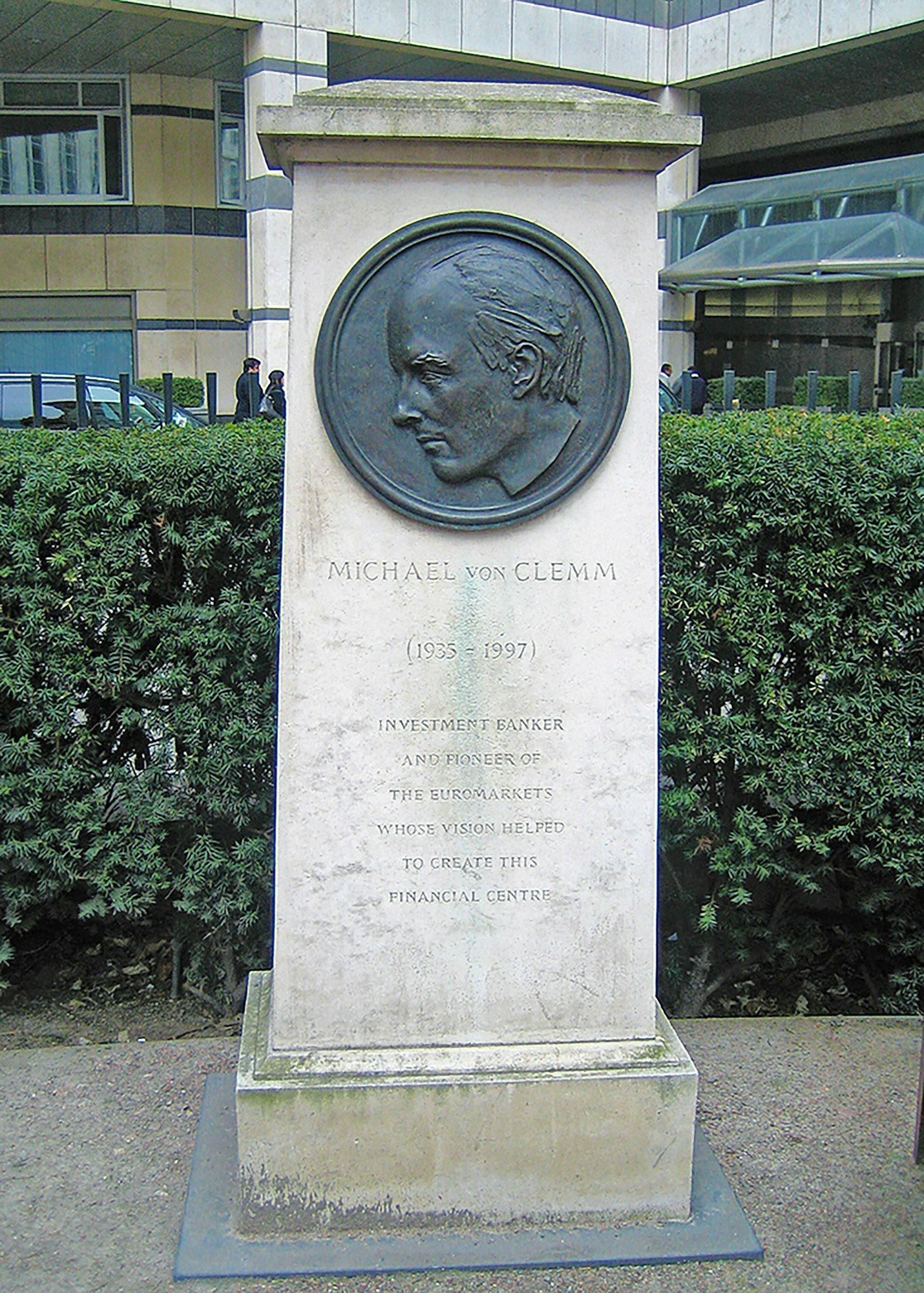The US city on the banks of the Thames
Critics don’t care for Canary Wharf, considering it a monument of 1980s corporatism
This article is taken from the October 2024 issue of The Critic. To get the full magazine why not subscribe? Right now we’re offering five issues for just £10.
One evening in the high summer, I found myself bicycling through Canary Wharf. Although in the 1980s, we lived in view of its rising towers, I seldom visit. I think of it as a business district, and I have never been to any of its offices.
Recently, the press has been very negative about the future of Canary Wharf, greeting the news that HSBC is moving its offices back to the City with disproportionate glee, as if Canary Wharf might have been a failed experiment. So, I was surprised to find its streets full, the waterside restaurants and bars packed. I had thought it would be empty, but it felt energetic, full of life — a contrast, as it happens, to my recent experience of the City.
I have realised that Canary Wharf is never much discussed architecturally, a taboo in architectural circles. I suspect that critics don’t care for it and view it as a monument of 1980s corporatism, planned by Skidmore, Owings and Merrill in a postmodern style as if recreating the environment of 1920s Chicago, with broad avenues lined with thirty-storey office blocks which themselves have a certain amount of historical detailing.
I went to the RIBA library to find out more about its origins and found disappointingly little literature. There are now good historical studies of Milton Keynes, but nothing that I could find on the origins of Canary Wharf, surely one of the most important and most ambitious new urban developments of the late 20th century.
By chance, I know a bit about its origins because I knew Michael von Clemm, the American banker who first had the idea of developing Canary Wharf. As well as being chairman of Credit Suisse First Boston in the early 1980s, he was simultaneously chairman of the Roux Brothers restaurants, including Le Gavroche.

In 1984, they needed a new food processing plant. Von Clemm was invited by Reg Ward, the first chief executive of the London Docklands Development Corporation, to visit the Isle of Dogs to see if one of the old wharves in West India Docks might be suitable.
There is a certain amount of mythology surrounding this visit. Von Clemm spotted the potential for development of the area to house the back offices of the big international banks established in London in the lead-up to Big Bang.
This is plausible. Von Clemm was one of the most adventurous bankers I have ever met. He was trained as an anthropologist at Harvard, is said to have commuted across the Atlantic on Concorde, and was married to a wealthy Bostonian. Perhaps most importantly, he was a close friend of Harry Cobb, one of the founding partners of the architectural firm I.M. Pei.
Cobb had been responsible for two recent tower blocks on Boston Harbour and had designed the supremely elegant Hancock Tower right next door to the neoclassical Boston Public Library in the heart of downtown Boston; he was an establishment modernist. Both would have been very aware how Boston was regenerating itself by developing its docks.
Von Clemm recruited G. Ware Travelstead, the head of Credit Suisse First Bank of Boston’s real estate division, to the idea that the bank’s back offices might be relocated to the Isle of Dogs.
Between them, they developed a view that the head offices of the bank itself might move there as part of a giant urban project, supported also by Morgan Stanley, a way of relocating the city to an area where it would be possible to provide the high ceilings and big floorplates required by new methods of open plan working, an equivalent to Wall Street.
Travelstead recruited Bruce Graham, a senior partner of Skidmore Owings & Merrill, one of the leading firms of American architects, who was then working with Stuart Lipton of Stanhope on the development of Broadgate.
They came up with an image of what was in effect a new City, modelled on American corporate architecture, with the added benefit of ample parks and public spaces designed by Laurie Olin, a landscape architect based in Philadelphia.

If one is looking at Canary Wharf and what has made it successful as a new urban development, then part of it is owing to its origins in a long-term view of how individual buildings would relate to one another. They are designed by different architects, but, as in most American cities, they are designed in a way which is congruent — similar heights, set back from the street, built of high quality materials. Nothing is skimped.
Second, there is generosity in the way that the streets and parks were laid out. It nowhere feels claustrophobic. Travelstead marketed it as a combination of Venice and Manhattan, and the broad expanses of water from the old docks have always been part of its attraction.
Finally, and the reason why Canary Wharf is relevant at a time when the government is planning new towns, it is a product not so much of the free market as government investment. The government paid for the Limehouse Link, the Docklands Railway and the Jubilee Line.
From the beginning, Travelstead and Graham realised that it would only be successful if there were good transport links to the City. Margaret Thatcher took a close personal interest. Her government made it happen.
Enjoying The Critic online? It's even better in print
Try five issues of Britain’s most civilised magazine for £10
Subscribe














